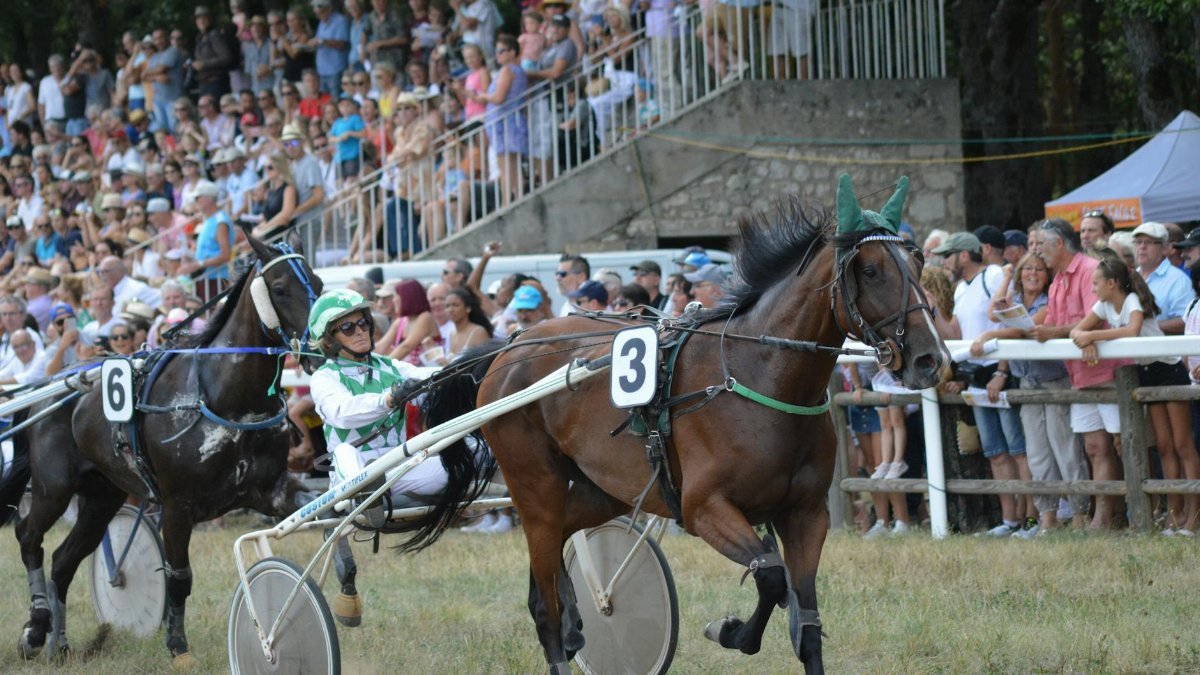Sunlight poured over the track at a small-town marathon in Georgia last July, where runners trudged through air so thick it felt like breathing soup. Spectators fanned themselves, but the athletes—some wilting, others steady—revealed a hidden divide. Not just training or grit separated them, but something more primal: how their bodies handled the heat. Heat acclimation endurance, the ability to adapt and perform under sweltering conditions, often decides who crosses the finish line and who stumbles. As summer racing season looms in 2025, with temperatures climbing and events drawing thousands, this isn’t just a niche skill. It’s a necessity for anyone lacing up in the heat. From weekend warriors to elite competitors, understanding and building this resilience can transform a grueling race into a triumph. So, how do runners prepare their bodies to endure when the mercury spikes?
The Science Behind Heat Acclimation
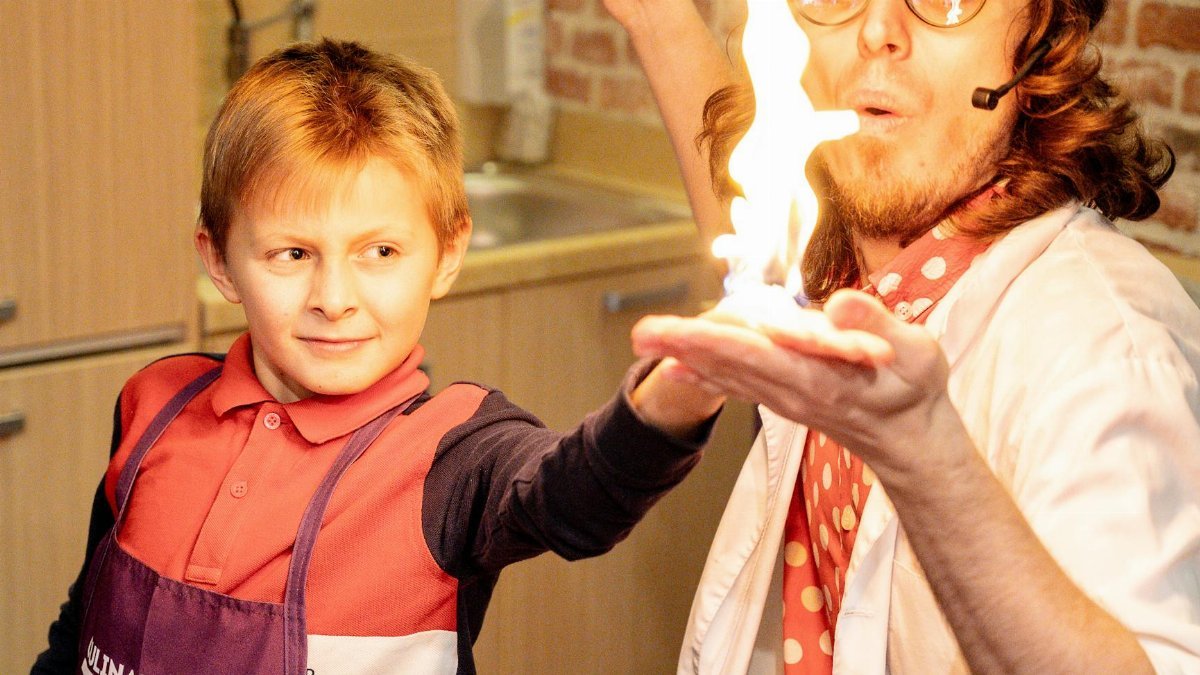
At its core, heat acclimation endurance is about teaching the body to cope with thermal stress. When exposed to high temperatures over time, humans adapt in remarkable ways. Sweat rates increase, starting earlier in a workout to cool the body faster. Heart rate stabilizes under heat stress, and blood plasma volume expands to support better circulation. According to research from the National Institutes of Health, these changes can take as little as 7 to 14 days of consistent exposure to hot environments, though full adaptation may require longer for some.
Think of it as rewiring a machine. Initially, heat feels like an assault—muscles drag, breath shortens. But with repeated exposure, the system recalibrates. A study by the American Physiological Society found that acclimated athletes showed a 30% reduction in perceived exertion during hot-weather exercise. That’s not just data; it’s the difference between slogging and soaring.
Why Summer Racing Demands Adaptation
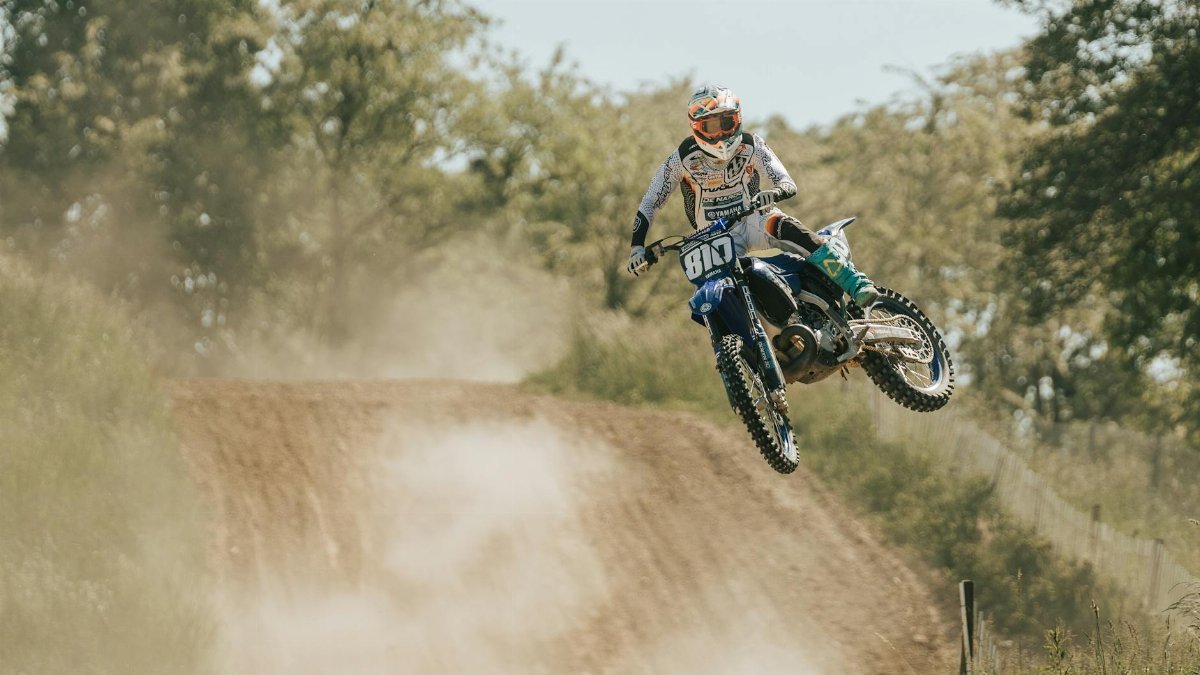
Summer races, from 5Ks to ultramarathons, aren’t just tests of speed—they’re battles against the elements. In the U.S., events like the Badwater 135 in Death Valley or even local July marathons often see temperatures above 90°F. Unacclimated runners risk heat exhaustion or worse. The Centers for Disease Control and Prevention report hundreds of heat-related illnesses annually, many tied to outdoor exertion. For racers, the stakes are personal and immediate.
One runner, anonymous but vivid in memory, shared a story at a post-race gathering. “I trained hard, but never in the heat,” they admitted, voice low. “By mile 10, I was dizzy, done. Never again.” Their regret echoes a broader truth: ignoring heat acclimation endurance isn’t just uncomfortable—it’s a gamble with health and performance.
Gradual Exposure: The First Step

Building heat tolerance starts with controlled exposure, not a reckless plunge into the hottest day. Experts suggest beginning with short sessions—30 to 60 minutes—in warm conditions, ideally 80°F or higher. Wear lightweight, breathable gear, and monitor how the body feels. Over weeks, extend duration and intensity. A paper from the Sports Medicine Journal emphasizes that gradual progression minimizes strain while maximizing physiological gains.
This isn’t about heroics. It’s patience. Start with a jog on a humid morning, noting sweat, heart rate, any lightheadedness. Adjust. Build. By week three, that same run feels less like a slog. The body learns, quietly, to endure.
Simulating Race Conditions
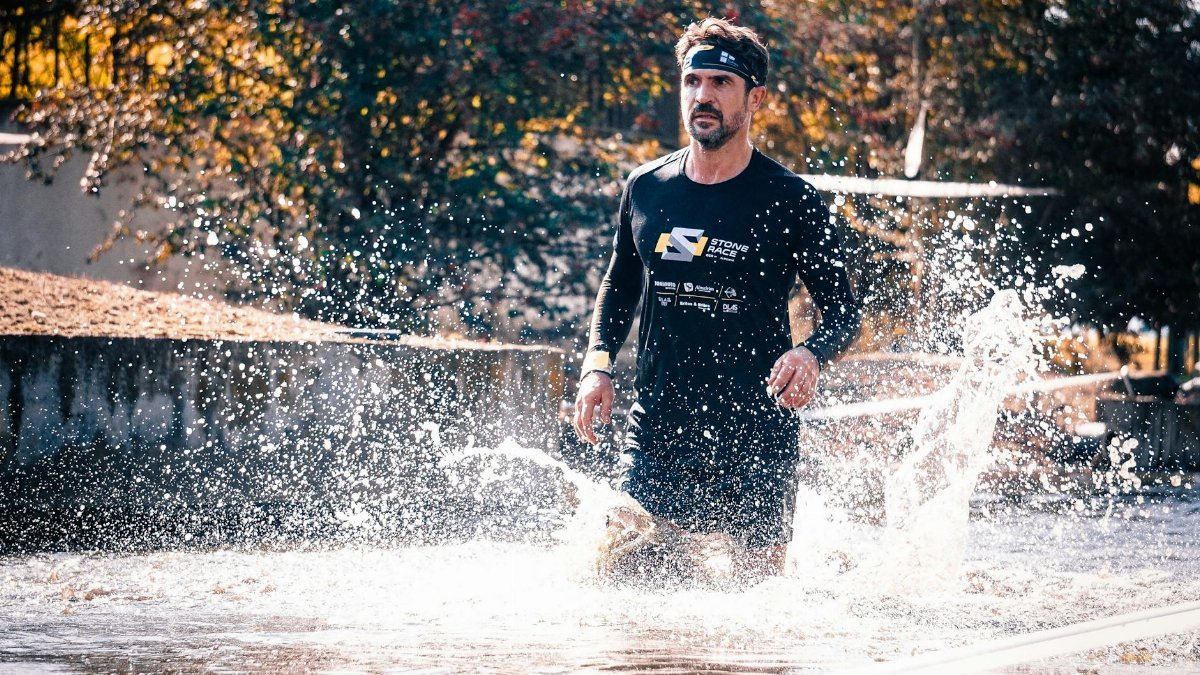
Training in heat is one thing; mimicking race-day stress is another. Heat acclimation endurance shines when preparation mirrors reality. If a race starts at noon under a blazing sun, don’t just train at dawn. Shift workouts to peak heat hours, even if it means slower paces. Layer clothing during indoor treadmill runs to replicate thermal load, a tactic endorsed by coaches for its accessibility.
Picture a runner in a stuffy gym, sweat dripping, a hoodie over their tank top. It’s unglamorous but effective. They’re not just building stamina; they’re forging a shield against the race-day furnace. When the real heat hits, their body won’t flinch—it’ll remember.
Hydration as a Cornerstone

Heat acclimation means little without hydration. Dehydration amplifies heat stress, slashing performance and spiking risk. Acclimated bodies sweat more efficiently, but that means fluid loss accelerates. The mantra is simple: drink early, drink often. Studies suggest consuming 16-20 ounces of water two hours before exercise in heat, then sipping every 15 minutes during activity.
Yet, it’s not just water. Electrolytes—sodium, potassium—matter as much. A salty sheen on skin after a run isn’t just grit; it’s a sign of loss. Sports drinks or electrolyte tabs can bridge the gap. Runners who neglect this often hit a wall, not from fatigue, but from a body crying for balance. Hydration isn’t optional; it’s the foundation.
Mindset and Monitoring: Staying Safe

Heat acclimation endurance isn’t just physical. The mind plays a role, too. Pushing through discomfort requires mental grit, but it also demands caution. Know the signs of heat stress—nausea, confusion, rapid pulse. Apps and wearable tech in 2025 can track core temperature or heart rate anomalies, offering real-time warnings. Still, nothing beats self-awareness.
One online account shared recently captured the tightrope. A runner described feeling “off” mid-training, ignoring it, then collapsing. “I thought I was tough,” they wrote. “Turns out, I was reckless.” Their lesson is universal: acclimation builds resilience, but respect for limits keeps it safe. Listen to the body. Stop when it whispers danger, not when it screams.
Nutrition to Support Adaptation

Fuel matters as much as sweat. Heat stress taxes the body, burning through energy reserves faster. A diet rich in complex carbs—think quinoa, sweet potatoes—sustains long efforts in hot conditions. Protein aids recovery, rebuilding muscle strained by thermal load. And don’t skimp on fruits; their water content and natural sugars bolster hydration.
Timing is key. A light, carb-heavy meal three hours before a hot run provides energy without weighing down. Post-run, refuel within 30 minutes to capitalize on the body’s recovery window. It’s less about exotic supplements and more about steady, smart choices. A runner’s plate, in heat or not, shapes their endurance as much as their miles.
Rest and Recovery in the Heat

Adaptation doesn’t happen during the run—it happens after. Heat acclimation endurance builds through rest as much as effort. Heat stress lingers, taxing the nervous system. Without recovery, gains stall, and burnout looms. Sleep, ideally 7-9 hours, lets the body consolidate adaptations. Active recovery, like light stretching in cooler hours, flushes fatigue without added strain.
Consider a runner sprawled on a porch after a midday slog, ice pack on knees, breath slowing. They’re not idle; they’re rebuilding. Skimp on this, and the next session suffers. Heat acclimation isn’t a sprint. It’s a cycle—stress, recover, repeat. Honor the quiet hours, and the body rewards with resilience.
Long-Term Benefits Beyond the Race
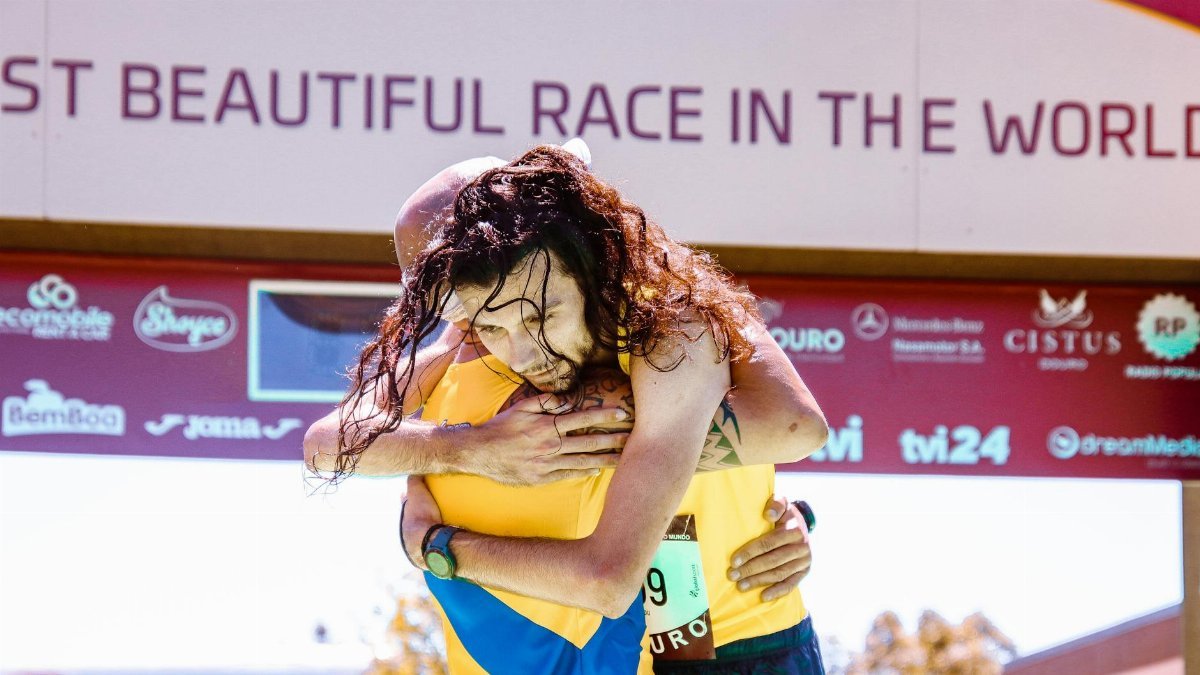
Heat acclimation endurance isn’t just for race day. The adaptations—lower heart rate, better sweat response—carry over to daily life, especially in a warming world. Summer hikes, outdoor work, even yard chores in 2025’s hotter climates become less daunting. There’s a quiet confidence in knowing the body can handle more.
More than that, it’s a reminder of human adaptability. Training for heat doesn’t just prepare runners for a single event; it equips them for unpredictability. When the next heatwave rolls in, or the next race looms under an unforgiving sun, they’re ready. Not invincible, but steady. And in a world of rising temperatures, that steadiness is its own victory.

As an education professional with a background in Biology and Physics, Dr. Christoph Weber is the analytical heart of Fulfilled Humans. He ensures every piece of content is insightful and grounded in credible knowledge.
Disclaimer
The content on this post is for informational purposes only. It is not intended as a substitute for professional health or financial advice. Always seek the guidance of a qualified professional with any questions you may have regarding your health or finances. All information is provided by FulfilledHumans.com (a brand of EgoEase LLC) and is not guaranteed to be complete, accurate, or reliable.
